A food allergy involves adverse activation of the immune system in response to specific foods. Symptoms related to food allergies have an almost immediate effect on the individual. Symptoms can range from mild to life threatening and can involve gastrointestinal upset (e.g., diarrhoea, nausea, vomiting), skin reactions (e.g., hives, rashes) and/or swelling. By contrast, food intolerances do not have potential for life-threatening symptoms. There is an approximate prevalence of 3-10% of adults globally suffering with a food allergy. Common allergies include gluten, milk, tree nuts and peanuts.
So why are allergies so often confused with intolerances? Much like an allergy, a food intolerance can include symptoms of gastrointestinal upset (e.g., diarrhoea, nausea, vomiting); however, they can also involve headaches, migraines or flushing. Although food intolerances can result in similar symptoms to those seen in food allergies, food intolerances involve reactions within the digestive system rather than the immune system. Symptoms of food intolerances tend to develop more slowly in comparison to food allergy symptoms and are non-life threatening.
Due to their similar clinical presentation, and shared triggers i.e. foods that elicit a response, the terms are often mistakenly used interchangeably.
Diagnosing a food allergy or food intolerance
Food allergies can be diagnosed via blood tests and skin prick testing, whereas the gold standard for food intolerance diagnosis is food exclusion. Food exclusion is carried out under the supervision of a nutrition professional and involves reintroduction of foods to the diet on a phased basis to determine if symptoms reappear. Food intolerances differ from allergies in many respects, but one key discrepancy is that the impact of a food intolerance is contingent on exposure dose. For this reason, someone with lactose intolerance might encounter few or no symptoms after drinking up to one glass of milk.
Using Nutritics for food intolerance diagnosis: Our top tips for clients and nutrition professionals
Our client-facing app, Libro, helps clients and nutrition professionals alike carry out food exclusion tests. Libro allows for oversight on both the type and quantity of foods within a client’s diet in real-time. Our smart portions tools help with portion size estimation.
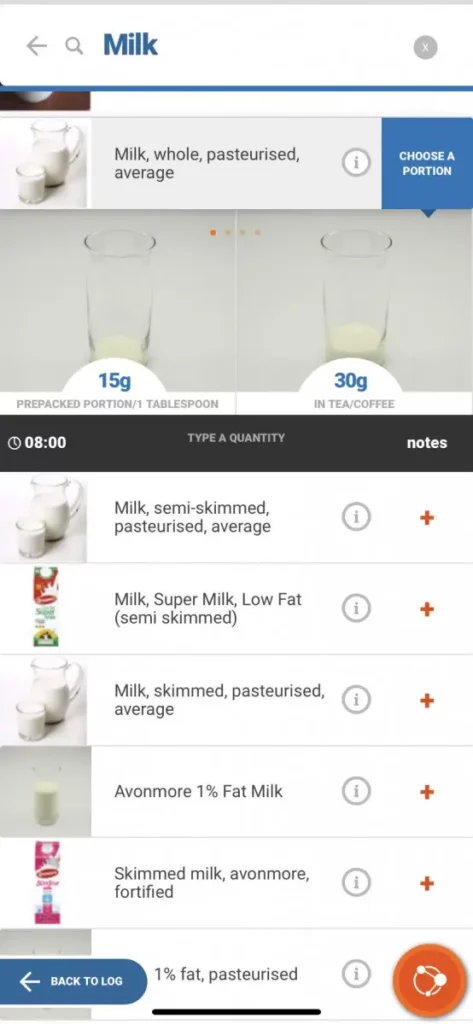
Trackers can also be added in Libro. For example, if a dietitian wanted to track the amount of lactose a client was consuming per day, this can be achieved through Libro, as seen below.
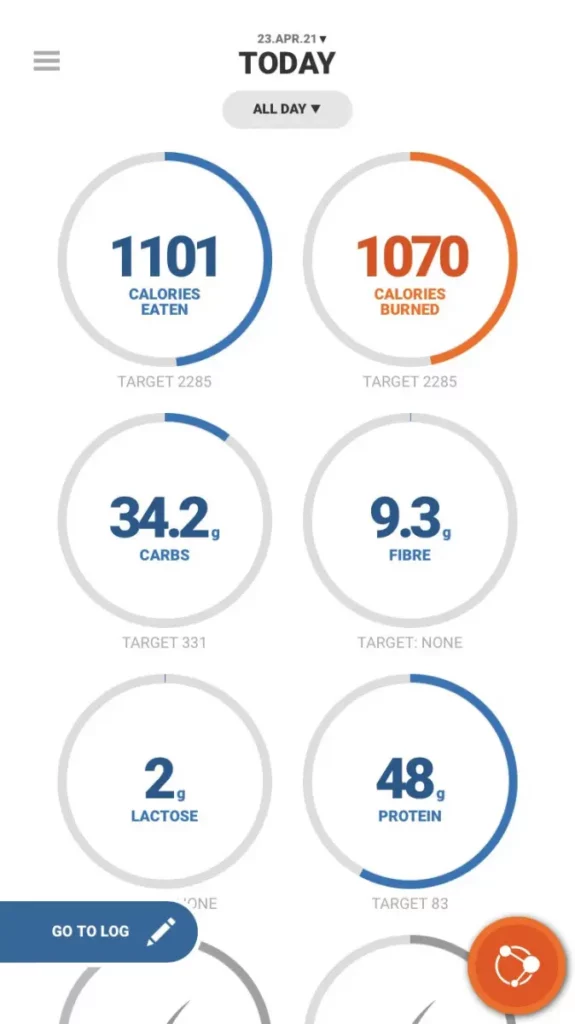
Managing a food allergy and intolerance
Food allergies and intolerances can be managed quite simply by avoiding the foods that trigger symptoms. In doing so, however, it is important that care is taken to ensure continued fulfilment of individual nutritional needs.
Using Nutritics for food allergy and food intolerance management: Our top tips
1. For Nutrition Professionals: When making a profile for a client who has an allergy, it is possible to select and account for a clients allergy or allergies. As seen below, further options are provided for gluten and tree nuts, meaning a clients specific allergy to oats, for example, can be flagged.
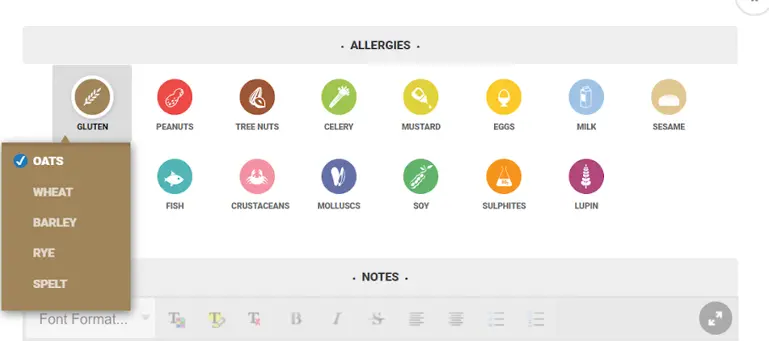
When creating a meal plan, or recipe for this client, foods searched which contain the relevant allergen(s) will be flagged with an orange ‘exclamation mark’ icon, demonstrating an incompatibility between the chosen foods and individual dietary requirements. This makes the process of creating meal plans or recipes much easier!
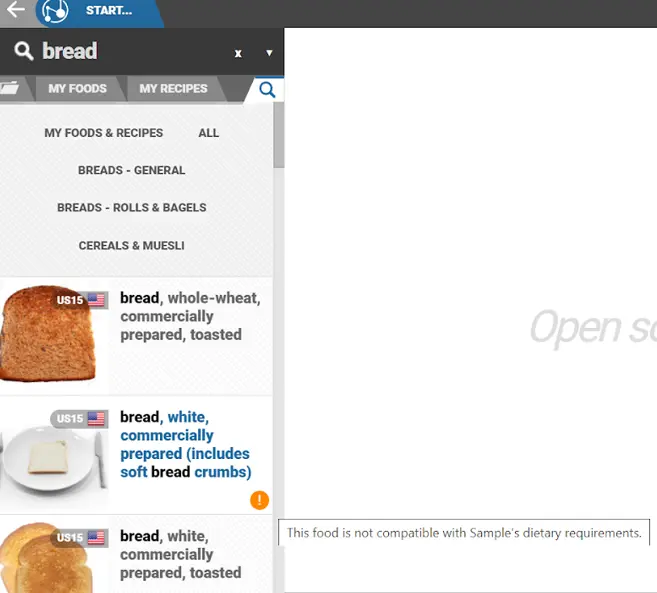
2. For Nutrition Professionals and Food Industries: Our advanced search feature makes filtering out allergenic ingredients possible. By clicking on the arrow in the search bar, foods or recipes can be searched by compatibility with certain dietary requirements. This tool makes preparation of a menu for specific dietary requirements (e.g. gluten-free) quick and easy!
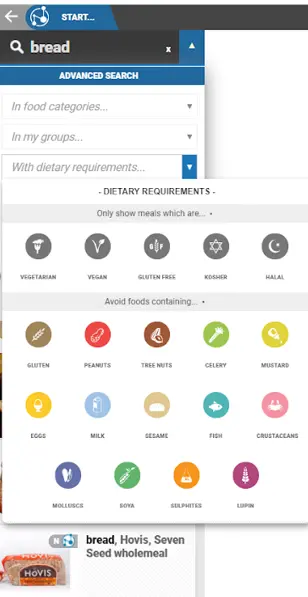
3. For Food Industries, and Manufacturers: With our label maker tool, allergen and ingredient list information can be made available to the consumer. Provision of accurate allergen information, as well as a full ingredient list, is imperative in protecting vulnerable customers, such as those suffering with a food allergy. With correct food information, individuals are empowered to accurately assess whether the food is in line with dietary requirements.
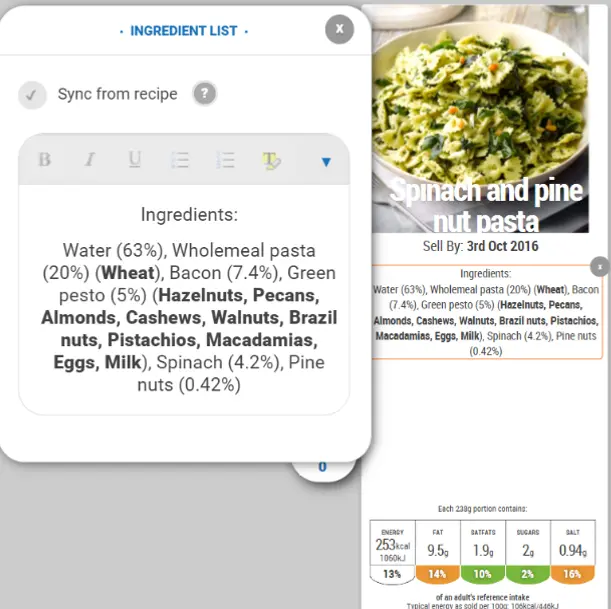
4. For Nutrition Professionals and Clients: Nutrition professionals can help clients manage a food intolerance or allergy by assigning them to a Libro program. Libro programs provide a communication channel between the professional and the client, thereby allowing for dissemination of educational materials such as articles, videos, meal plans and recipes.
As the prevalence of food allergies and intolerances continues to rise worldwide, no stakeholder within the food industry and nutrition space is exempt from the associated responsibilities. Is it imperative that those working with food, whether in a direct and indirect capacity, commit to the protection of vulnerable customers/clients. Using an allergen management platform like Nutritics can make every sector’s job easier by utilising all the tools we have, whether is it Libro, label maker or many of our other tools designed to appropriately manage food allergies and intolerances.SOURCES/REFERENCES:
- Acker, W. W. et al. (2017) ‘Prevalence of food allergies and intolerances documented in electronic health records’, Journal of Allergy and Clinical Immunology, 140(6), pp. 1587-1591.e1. doi: 10.1016/j.jaci.2017.04.006.
- Loh, W. and Tang, M. L. K. (2018) ‘The Epidemiology of Food Allergy in the Global Context’, International Journal of Environmental Research and Public Health, 15(9). doi: 10.3390/ijerph15092043.
